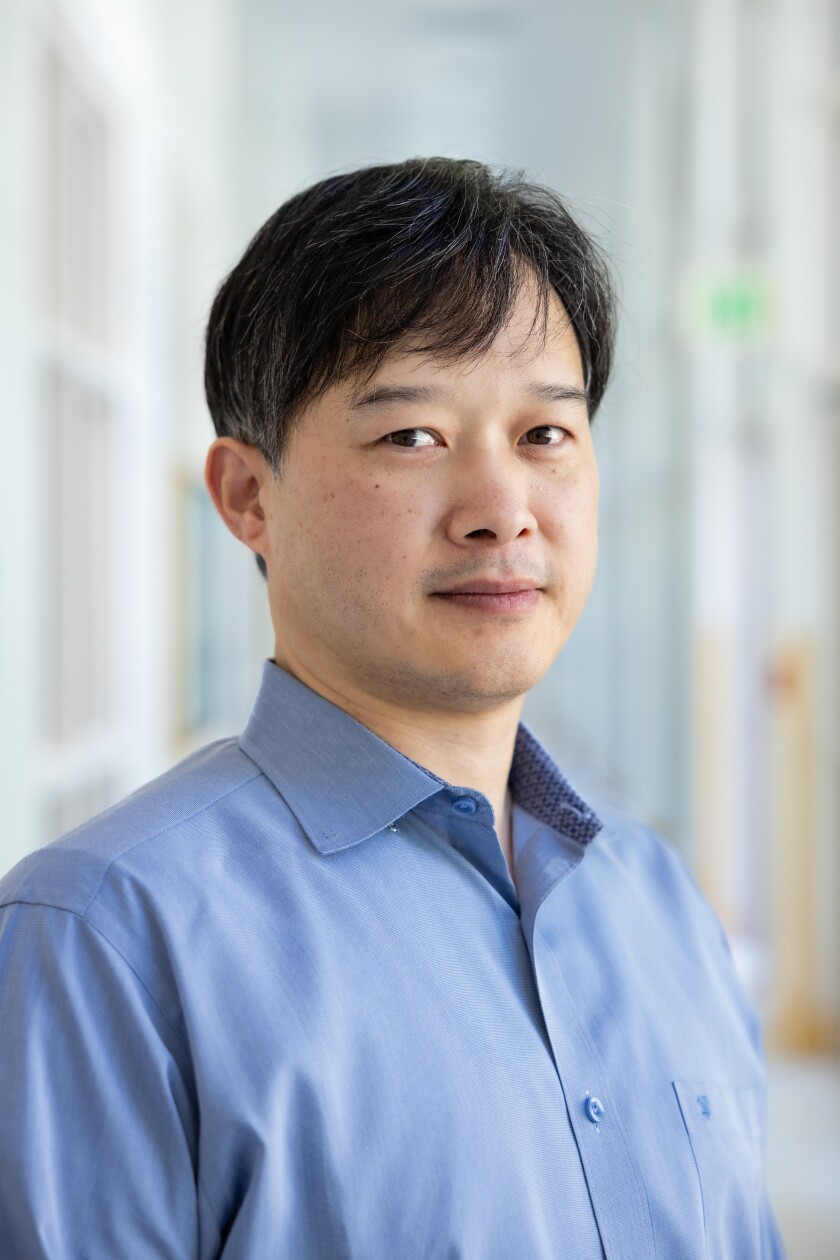Case markers differentiate parts of speech in many Korean sentences, and they may also be the key difference between novice and advanced language abilities.
Every language has set sentence patterns. In English, for example, the most common sentence pattern places the subject first, followed by the verb and the object. Korean proves no different and typically dons a subject-object-verb sentence structure. Interestingly, Associate Professor Juno Baik’s (Second Language Acquisition) recent study shows that a Korean learner’s language proficiency could be related to their ability to recognize common patterns—and their ability to move toward more complex structures.
Reorganizing Sentence Structure
Baik hoped to learn how language learners approached sentences with different and complex structures and patterns. To do so, he showed intermediate and advanced Korean learners a variety of sentences: Some were simple and had “the typical word order for the Korean language,” he explains, while others scrambled the placement of the subject and object. Baik also performed this test on native Korean speakers, giving him a test group to compare the language learners to.

An eye-tracking device monitored participants’ eye movements as they read each sentence, which allowed Baik to see which words confused students the most. “I looked at which word they focused on or fixated at more than others and longer than others,” he explains.
After looking at these sentences, participants then took a comprehension quiz where they identified the subject and object based on the presence of Korean sentence markers. “When you teach intermediate learners of Korean, especially when they are native English speakers, teaching them how to interpret and use the clues of markers is the key to go to the advanced level near native-like proficiency,” Baik says.
Putting It into Practice
The study demonstrated that though novice and advanced Korean speakers understood typical sentence constructions, they struggled when facing more complex structures. Their struggle was picked up by the eye tracker, which showed that students learning Korean had a lesser overall comprehension than their native counterparts. Likewise, when comparing language learners’ results to those of native speakers, Baik found one main difference: Both native and non-native speakers could understand common sentences, but natives relied on case markers to make sense of sentences whereas learners relied on word order and parts of speech.
Comparing results from the native and non-native speakers, Baik found that understanding their differences in comprehension can help teachers make better—and tougher—language assessments. Using more advanced sentence structures in tests will increase difficulty while familiarizing students with case markers. “When you want to increase the difficulty of the exam,” he says, “you can simply switch [the words around] while maintaining the case markers.”
According to Baik, adjusting exams in this way will increase difficulty but will also encourage students to pay attention to case markers. “It’s really important for [students] to focus more on the case marker,” Baik notes. “Awareness of the markers is key” to increased proficiency in Korean.
Learn more about BYU’s Korean program here.